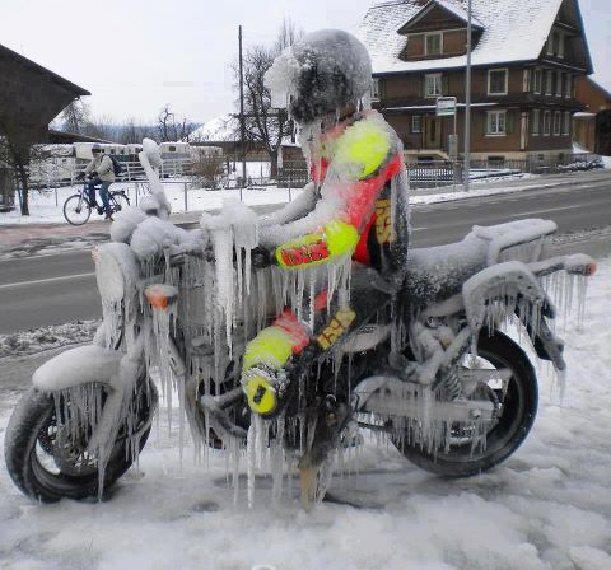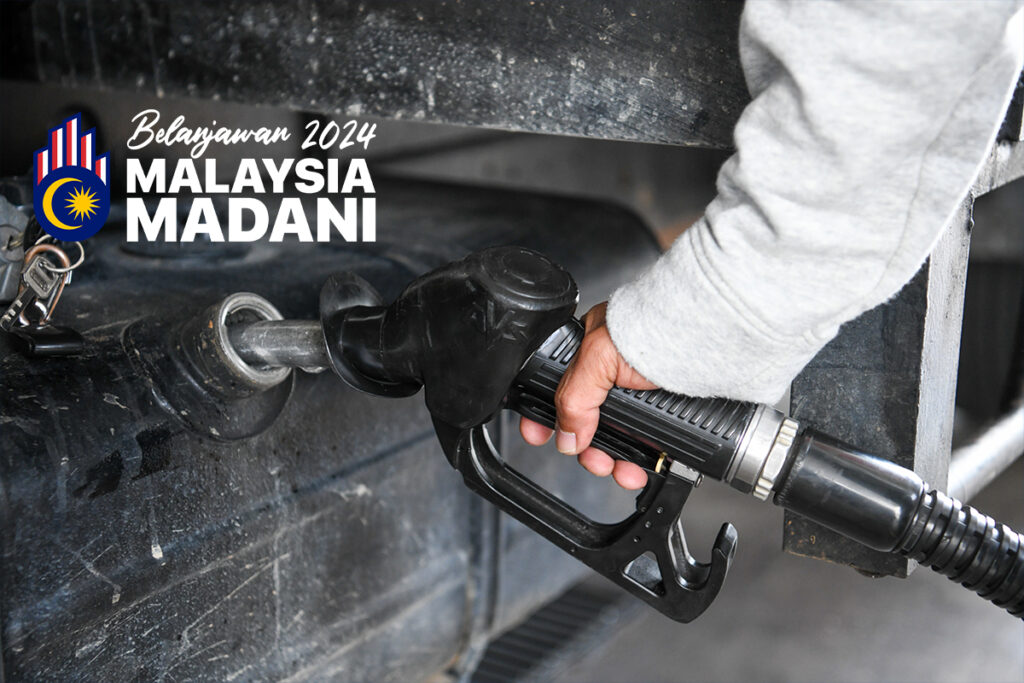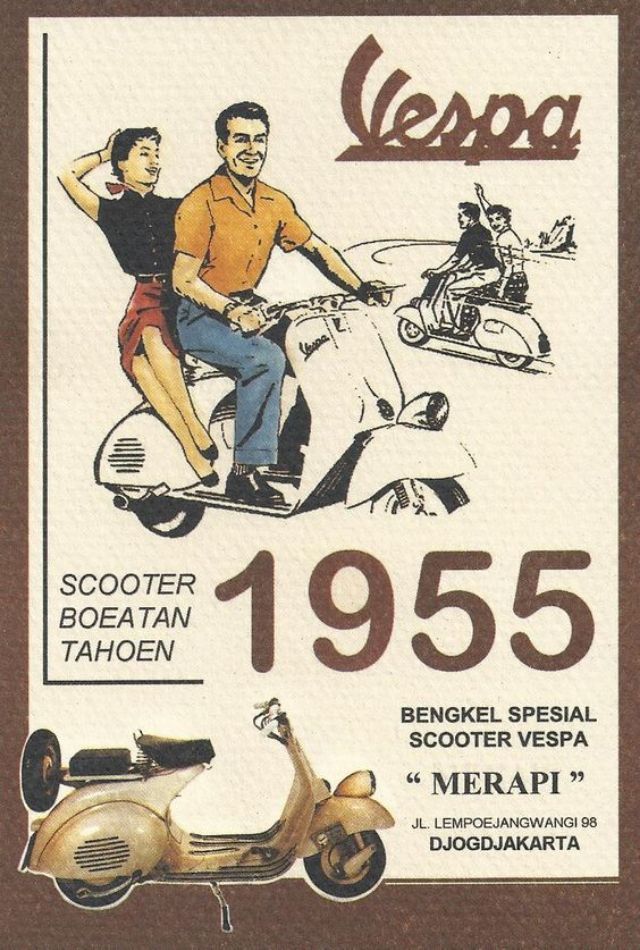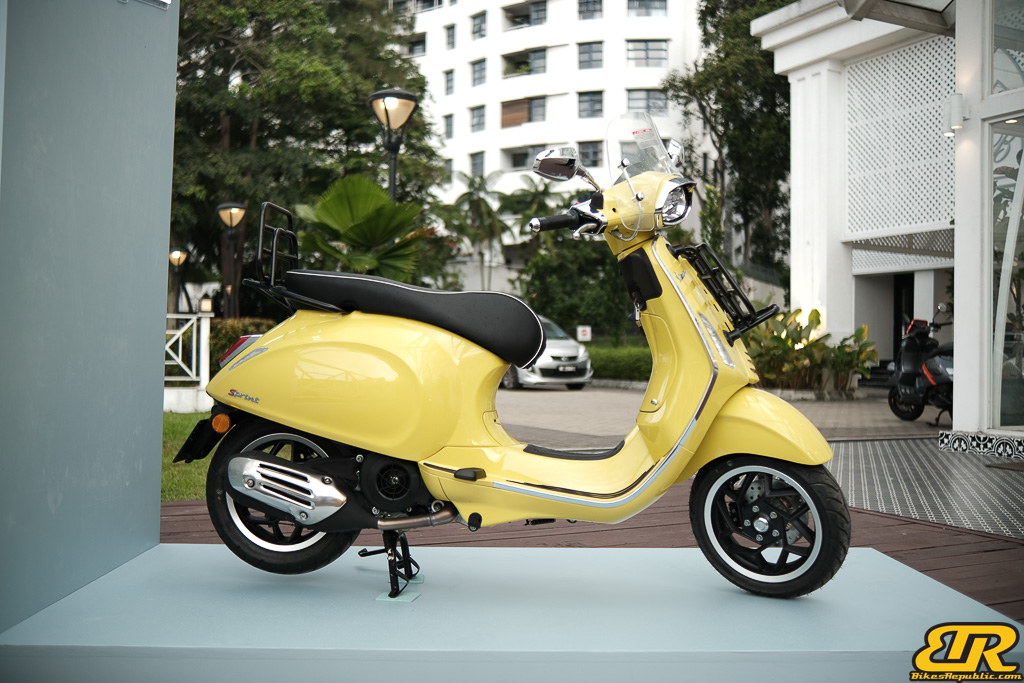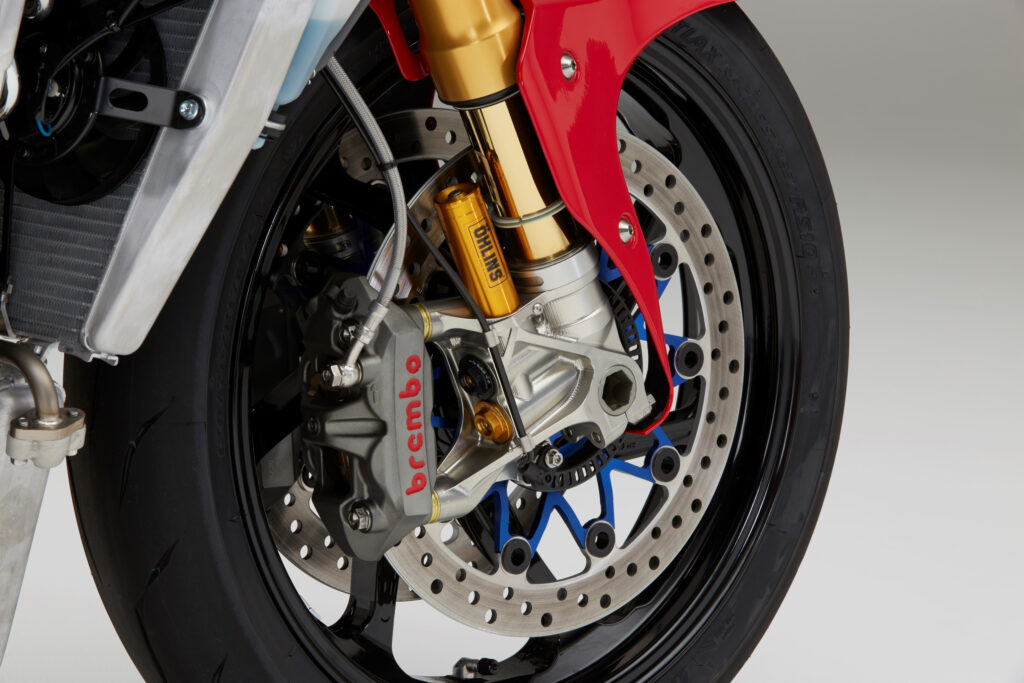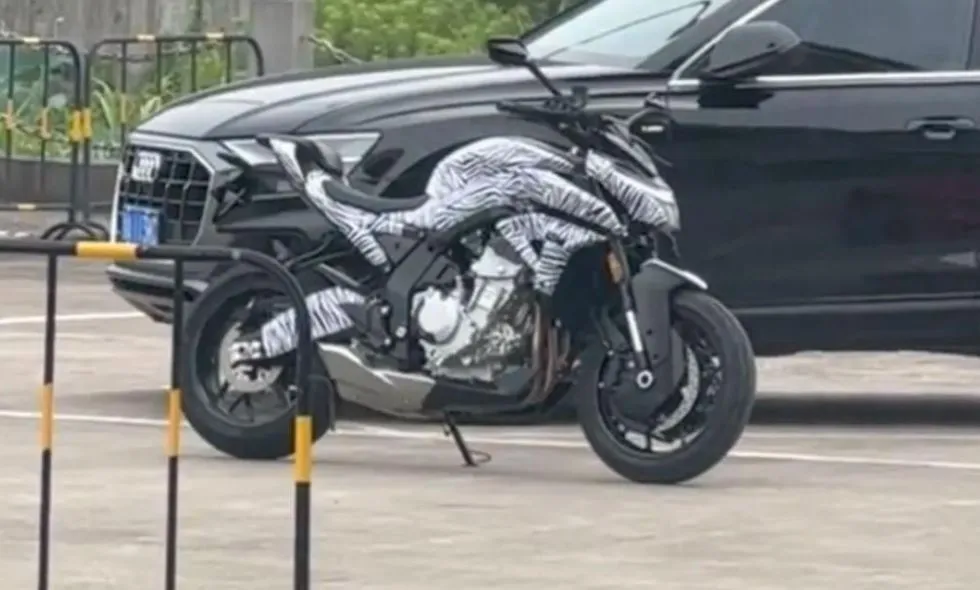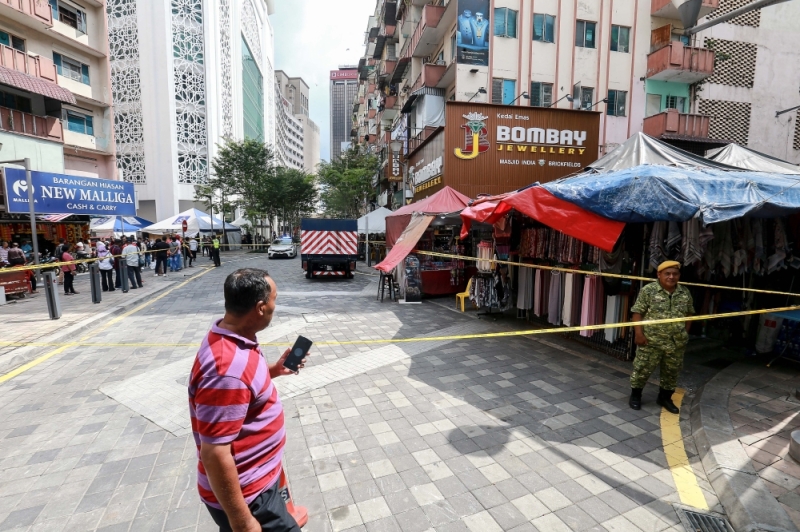A trailer rammed 13 vehicles on Kilometer 21 of the BKE Highway heading to Baling, this morning. The accident caused at least 4 injuries among the drivers involved.
Kulim Fire and Rescue Station (BBP) chief, Assistant Fire Superintendent Hamizul Azwan Hamdan said his team received a call about the accident at 7.37am.
He also said that a team of nine members from BBP Kulim led by Zaidi Yaacob was despatched to the location.
“Upon arrival at the location, we found that there had been an accident involving 13 vehicles and four victims, including a woman who were rescued by members of the public before the fire department arrived.
“They were sent to the Kulim Hospital by ambulance for further treatment,” he said in a statement today.
Hamizul Azwan said that his members proceeded to clear the road and advised road users to avoid the area of the accident.
There have been several serious accidents along the BKE (Butterworth-Kulim Expressway), including a fatal accident last May that involved a motorcycle being squeezed to the side by a lorry. The lorry driver’s actions caused the motorcycle to swipe the side of the lorry, and throwing the motorcyclist onto the road barrier. The rider died a few hours after receiving treatment at the hospital.
This route is often plied by heavy vehicles carrying goods between the industrial areas in Kulim, Butterworth, and Prai. So, our advice is to be careful when riding a motorcycle and driving on this highway.





